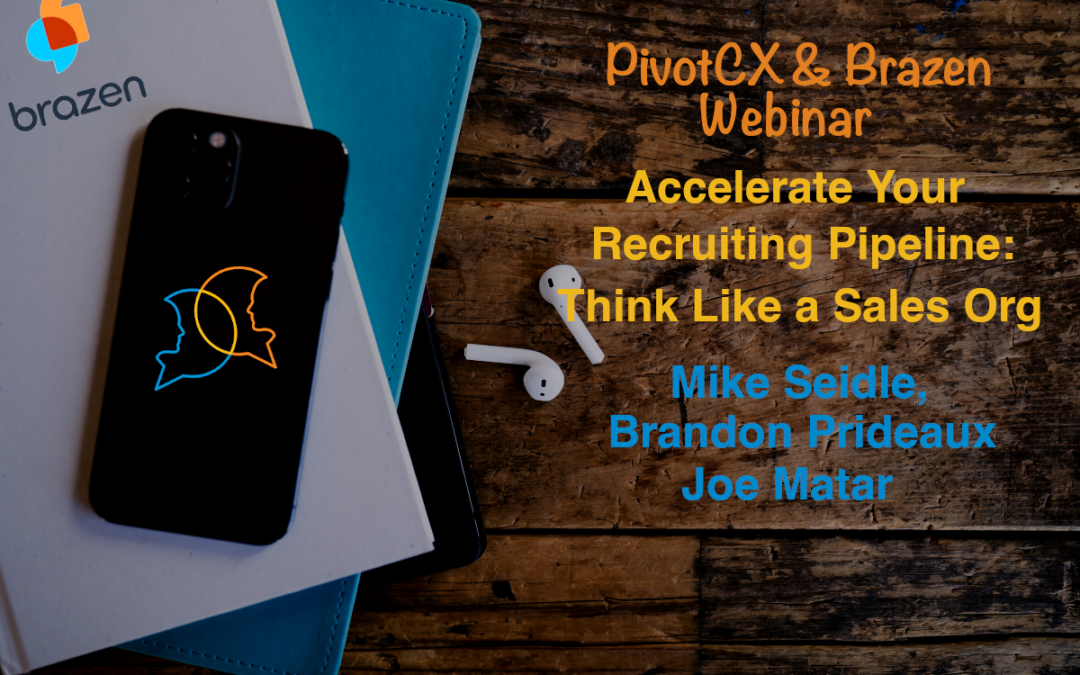Do you want to know what is more challenging than finding job seekers these days? Learning how to reach job seekers. It can be a game of cat-and-mouse to have meaningful conversations with them and keep them engaged long enough to know whether they have the qualifications needed to make a great hire!
More than ever, it is essential to reach candidates as soon as possible and to be prepared when they are ready to convert. On the other hand, some candidates need several impressions before they engage with your content.
We’ll cover three strategies to stay connected to your job candidates with ease. We happen to like using the new PivotCX Campaigns feature, but the strategies apply to recruiting in general.
1. Inform Past Applicants of a New Job Opening or a Re-opening
In the current employment market, candidates are getting more expensive, and job boards are raising their prices. With fresh, new traffic becoming harder to get, getting creative with how to reach job seekers can be a bloodline.
One often-forgotten source of candidates is your past applicant pool. Some of the benefits of reaching these job seekers are that they are already familiar with your company and you don’t have to pay extra to get their contact information.
It’s likely that you already have a gauge on the people you would like to contact from your past applicant pool. Perhaps, there were two or three excellent candidates, but you could only hire one. The perfect time to get a hold of them is when a new, similar role opens. Additionally, there’s only one way to know whether these applicants are still in the market for a new job or might now be ready to make a move.
Employers can use PivotCX Campaigns to tap into their forgotten candidate pool of past applicants and get more bang for their buck by remarketing to past candidates.
2. Organize and Tap into your Talent Community
Knowing who is in your talent community or past applicant list helps you understand and discover what works best to attract their attention to your job posts and keep them engaged for as long as possible.
You can run A/B tests by segmenting your candidates, such as dividing half your list and changing messages or altering the delivery cadence. This allows you to gain insights into how you reach out to job applicants; for example, you can find the length and type of message that works best for your candidates.
You can also be more granular in your approach to diverse candidates depending on their location, the position they applied for, how long ago they applied to the job, medium, source, etc.
Whether from an ATC, CRM, or even from a spreadsheet, PivotCX Campaigns allows you to attach a series of messages to any candidate list to make reaching out to applicants easier.
3. Remind Candidates about their Recent Job Application
Life gets busy, especially when trying to find a new job. Candidates want to optimize their chances to make it past the pile of resumes on any recruiter’s desk by applying to as many jobs as they can.
The downside is that they’ve lost track of which employers they applied to or the job details after a couple of days. Thus, it is essential to be fast and persistent when reaching out to job applicants.
This is why PivotCX Campaigns aim to nudge job applicants who might have fallen off the application track. With time delays between automated messages that can be customized down to the minute, it’s easy to set the right cadence to reach candidates when they are more likely to respond to your message.
Keep it human by reaching out to job seekers. Letting them know that you’ve seen their application and are interested can give you a leg up over employers that never bother to reach out to applicants or take three months to even get in touch with them.
Figuring out how to reach candidates takes time, but these strategies can help you leverage what you already know about job seekers and make it easier to find the perfect fit for your job opening.






